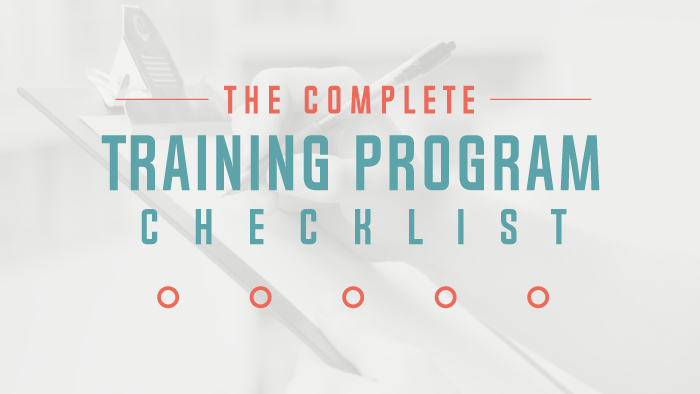By Drew Fortin

When we think about the amount of change that people need to adapt to in the workplace—new technologies, new business models, and more—the importance of investing in the learning and development of employees at all levels is clear.
Workforce education helps you hire and retain top performers, create career paths for existing employees, and foster employee engagement. As advantageous as workforce education can be to your organization, simply implementing a program doesn’t guarantee your employees will take advantage of it. You must motivate people to learn.
Constant learning allows employees to grow and master the skills needed as industries and technology change, which is good for both the employee and the business. As the individual grows, the organization gains a more skilled and dedicated employee. Here are five ways to motivate your employees to learn so they can grow.
Develop a Learning Culture
When learning becomes embedded in your culture, it becomes an expectation for employees rather than something they take upon themselves. In this sense, you can ensure that new hires aren’t just the right fit for a role, but that they also have a growth mindset that will enable them to continue learning how to be successful in their role.
In order for a learning culture to develop, there needs to be a deliberate effort behind creating good team and organizational culture.
A healthy culture establishes a foundation of trust, which is paramount for managers looking to engage and motivate employees.
Set clear expectations for both your employees and managers. How frequently should they be meeting to discuss personal and professional development? By scheduling regular cadences for these meetings, you keep learning and development top of mind for everyone in your organization.
Provide Career Paths
It’s important to create clear career paths and make them known to your employees.
By providing a clear end goal for your employees, you can effectively motivate them and show them payoff for their dedication to growth —either by moving up in the department or moving laterally within the organization.
When a potential career path is clear for your employees, there is more motivation and incentive to learn and develop the skills necessary to be successful in the role.
After discussing development with your employees, you may discover that your employee isn’t clear on where they’d like to end up in the organization. This is a great opportunity to coach your direct report, to help them understand their skills, strengths, and interests so they can determine where they might like to end up long-term.
People learn when they feel compelled to, such as when they’re passionate about a topic or when it’s a requirement for career growth. When you encourage employee participation in these conversations, you increase the likelihood that they’ll be motivated to grow into the role you’ve mutually determined to be a fit for them.
Understand What Drives Your Employees
The saying “Do unto others as you would have done unto you” is a great adage that falls short in practice. The reality is not everyone is wired the same way. We don’t all have the same needs and drives. As a result, it’s unrealistic to take a one-size-fits-all approach to motivate your employees.
There are four key factors that determine workplace behavior: dominance, extraversion, patience, and formality. To successfully motivate an employee, it’s key for managers to understand what drives that individual.
- Employees who lead with dominance may be motivated by opportunities to compete.
- Those driven by extraversion may be motivated by learning in a group.
- Employees driven by patience may be motivated when they understand the reason behind the request—the why.
- Those driven by formality may need to know what’s expected, as they like to make sure things are done just right.
By focusing on what an individual needs and what drives them, you increase the likelihood of successfully motivating them to learn and grow.
Support All Kinds of Development
A company with a workforce focused on personal and professional development is naturally going to see more business development. Seek ways to support your employees in their growth—whether that’s through personal and professional development conversations or education and tuition reimbursements.
What you offer employees will depend on your organization’s size and available resources. Medium to large organizations are more frequently offering education and tuition reimbursements for degree and certification programs, as well as for industry- or role-related conferences.
If budget allows, supporting your team members with personal development—not just career development—can go a long way towards engaging them in their work and role.
Create a Formal Training Program
Similar to creating a learning culture, offering formal training programs can set the expectation for learning and development from all employees. While some training may be optional—such as Starbucks’ Black Apron training—other training may be a mandatory requirement for maintaining a role or growing within a department.
Formal training gives employees a clear expectation of how they might grow within the company, supporting their career progression and professional growth.

